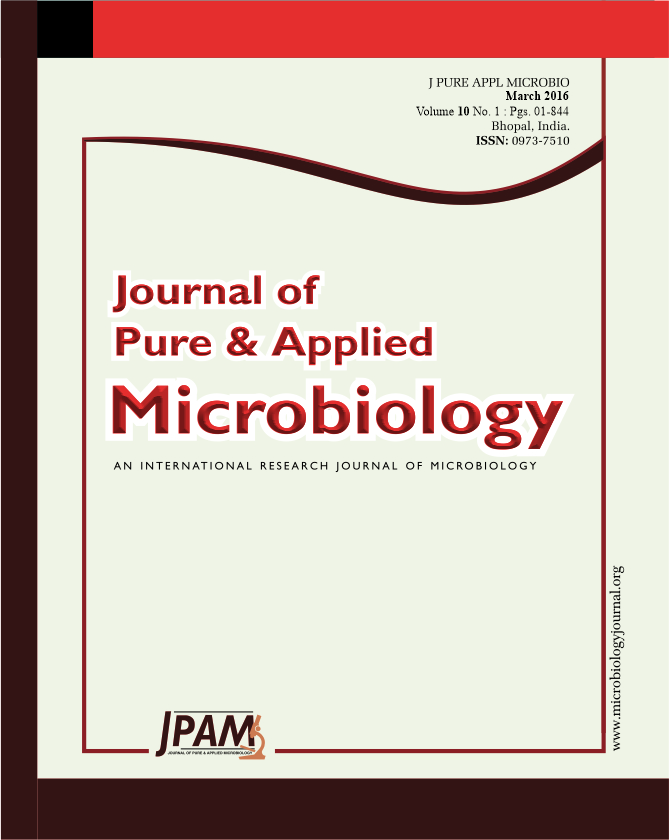The tendu (Diospyros melanoxylon) leaves as refuse from bidi industry, contaminate the environment by its disposal and its degradation period is so long compared to other leaves. Adsorption process is carried out in shake flask condition using carbonized tendu leaf refuse as a adsorbent. The results obtained by the process of biosorption using tendu leaf for synthetic effluent show that the maximum efficiency achieved is 99.5% for chromium and 95% for copper at pH 5. In relation to electroplating effluent, the removal efficiency of chromium is 97%, copper is 96%, cadmium 81% and magnesium 75%. From electroplating effluent contaminated soil, the leachate was collected. 100% removal efficiency of all metals is noted. The isothermal studies showed good result for pH 5 and pH 7. The Langmuir isotherm fits to the data of the present study better than the Freundlich isotherms. Also the exprimental data follows pseudo-first order reaction.
Biosorption, Electroplating Effluent, Diospyros melanoxylon, Isothermal Studies, Carbonized Tendu Leaf Refuse.
© The Author(s) 2016. Open Access. This article is distributed under the terms of the Creative Commons Attribution 4.0 International License which permits unrestricted use, sharing, distribution, and reproduction in any medium, provided you give appropriate credit to the original author(s) and the source, provide a link to the Creative Commons license, and indicate if changes were made.


